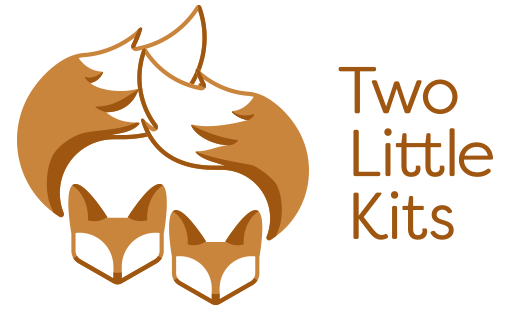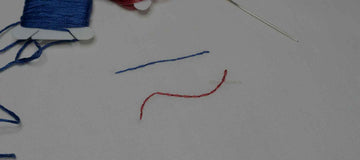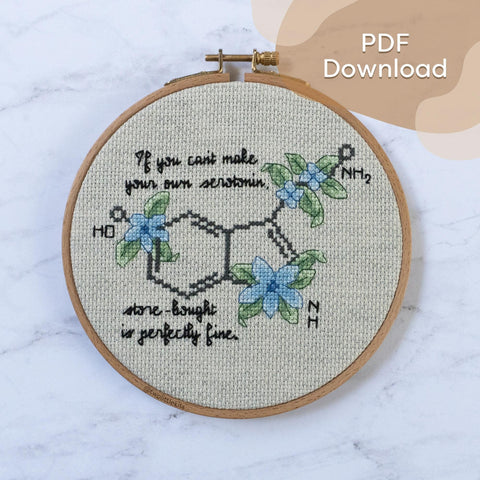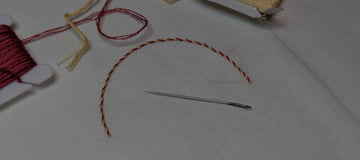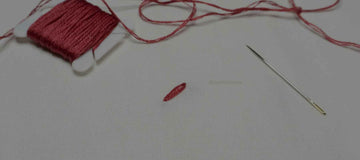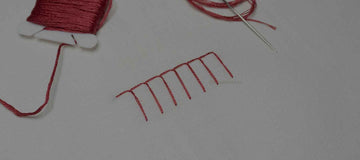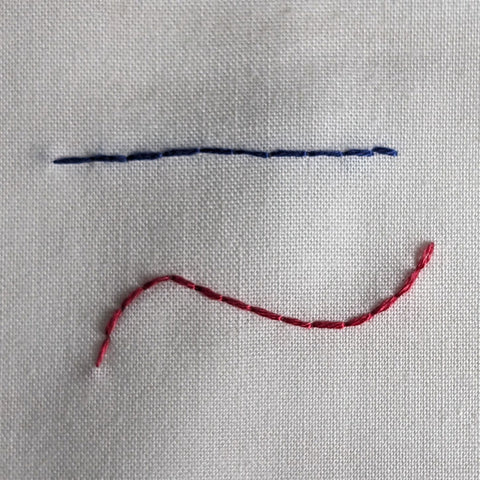
Details
- Name:
-
Backstitch aka: Hem Stitch
- Difficulty:
-
Easy
- Structure:
-
Flat Solid-line
- Technique:
-
blackwork basic cross-stitch crewelwork canvaswork surface
- Uses:
-
Embellishment Filling in Grass Leaves Stems
Watch this video on YouTube.
Overview
The Backstitch is characterized by its backward motion of the thread, hence its name, and it handles curves adeptly. With no gaps between stitches, it presents a seamless appearance and, like the Running Stitch, serves as a base for various adaptations.
Ideal for securing seams, the Backstitch boasts exceptional strength, often substituting for machine stitching when necessary. Though it consumes more thread compared to the standard Running Stitch, its robustness is unmatched. Employing small, consistent stitches enhances its aesthetic appeal, with stitch length often dictated by the pattern size; smaller patterns necessitate shorter stitches than larger ones.
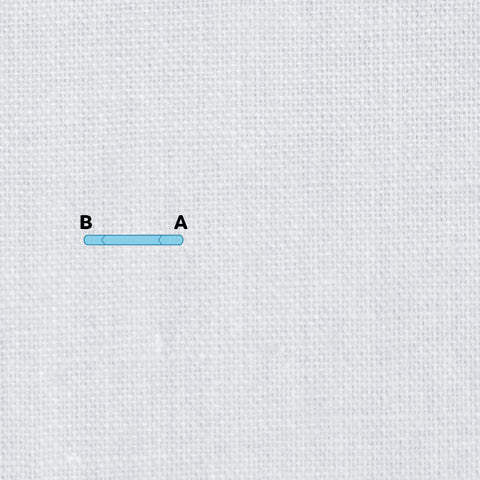

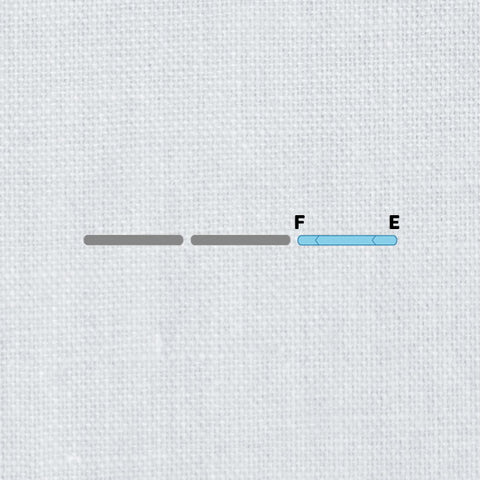

History
The historical roots of the Backstitch are challenging to pinpoint. While the earliest confirmed instances date back to English Jacobean crewel work in the 16th century, its origins likely predate this period.
In Portuguese Guimarães whitework, which traces back to the 10th century, Backstitch is now among its repertoire of stitches, although its original inclusion remains uncertain. Similarly, both Chikan embroidery from India (popularized in the 19th century but with earlier origins) and Rabari embroidery (practiced by the nomadic Rabari people for adorning garment seams) utilize Backstitch, yet the precise origins of these techniques are obscure.
In the Middle East, Backstitch adorned indigo-dyed garments in Jebel Haraz, Yemen, while by the first half of the 20th century, Syrian women in Aleppo were employing it in monochrome counted thread embroidery to embellish their future husbands' attire.
Projects
Here are some projects you can complete that include this stitch!
Reference: RSN Stitchbank
